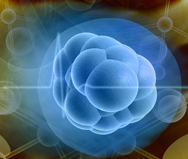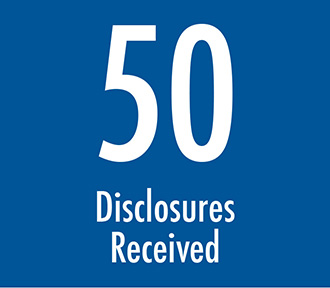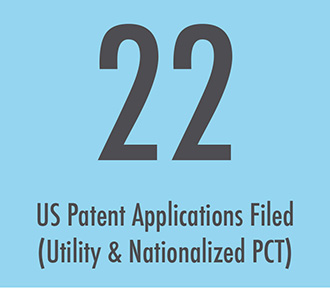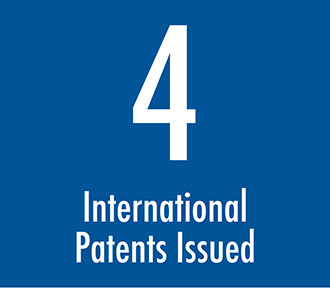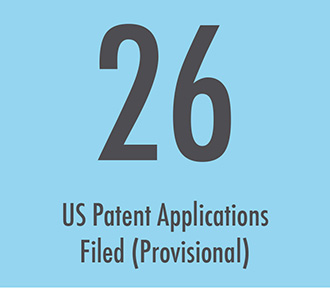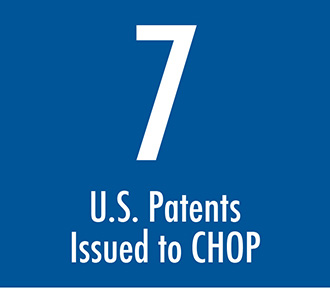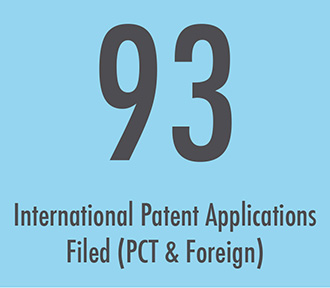The prevalence of autism spectrum disorders, or ASD, is staggering — an estimated 1 out of 88 children have some form of ASD. As the word “spectrum” in the name suggests, ASD varies in its range and severity among those affected. The various forms of the disorder share some common characteristics, however, one of which centers on language and communication deficits.
A Children’s Hospital investigator is taking a unique approach to determine how those with autism process sounds, words, and images, and then use those findings to develop potential interventions. Rather than looking at autism from a behavioral or clinical perspective, Timothy Roberts, PhD, vice chair of the Department of Radiology, is using sophisticated imaging to hone in on the biological basis for autism.
Since 2007, Dr. Roberts, who also holds the Oberkircher Family Endowed Chair in Pediatric Radiology, has used magnetoencephalography (MEG) and advanced magnetic resonance imaging (MRI) to look at the “signatures” of brain functioning to reveal the biological nature of ASD. Dr. Roberts and his team observe not just where in the brain things are happening but also the differences in the timing, or frequency, of these signals. These split-second differences can lead to auditory processing delays seen in some children with ASD.
But knowing some of the autism signatures is not enough to move on to possible interventions. What’s needed, Dr. Roberts says, is “a little bit of biology” that can shed light on what’s giving rise to those signatures in the first place. Identifying and understanding potential biomakers may then lead to more options for treating ASD.
With a multi-modal approach using MEG and MRI, Dr. Roberts and colleague James (Chris) Edgar, PhD, have found a biomarker in the white matter of the brain that may be the cause of delayed auditory processing. And he’s found a second one in a neurotransmitter called GABA. An inhibitory neuron, GABA must be in balance with another neurotransmitter — the excitatory glutamate.
“Those with ASD who have lower levels of GABA end up with a more ‘noisy brain,’” Dr. Roberts says. “This is a problem because it means these children are trying to encode their perceptual reality, their world — and they are trying to encode it with rhythms in a sea of noise.”
The tremendous variability, or heterogeneity, seen in children with ASD suggests that the problem for some may arise from abnormal white matter development and for others may stem from reduced levels of GABA. Knowing the biological differences at play has led Dr. Roberts toward existing drugs that target GABA — the effectiveness of which he could measure using advanced imaging techniques — and toward developing a novel intervention for those whose ASD may arise from auditory processing difficulties.
“Five years ago we didn’t have signatures,” says Dr. Roberts. “Now we not only have signatures but we’ve transitioned into candidates for biomarkers. And we’ve filed a provisional patent application on the use of MEG as a biomarker for clinical trial design and, ultimately, therapeutic monitoring for those with ASD who have a GABA-glutamate imbalance.”
For those whose ASD stems from an abnormal structural connectivity in the language pathway of the brain, Dr. Roberts and his colleagues, including David Embick, PhD, from the Department of Linguistics at the University of Pennsylvania, are looking at ways to enhance what is called “repetition priming.” It works like this: saying the word “cat” likely conjures an image of a four-legged, green-eyed, furry animal with pointy ears and whiskers. The specifics of the cat’s characteristics — it’s color and so forth — vary among people, but the overall representation of a cat is the same for all of us.
For children with more severe forms of ASD whose problems arise from the brain’s language pathway, significant amounts of time and energy may be spent focusing on the details and differences in how people actually say the word “cat” — our individual intonations and so forth — and as a result they create separate representations each time they hear the same word.
“These children may be working too hard on the details and are unable to form an object in their mind or categorize it,” Dr. Roberts says. “They may be unable to group things together or cluster them and therefore are treating them all as different. It just becomes a multi-sensory overload.”
Repetition priming speeds up our responses to things that are similar. If children with ASD aren’t able to grow a healthy language because they are doing too much work processing the myriad stimuli they receive, then helping them “cluster” these representations would help them make advance their language and communication.
Drs. Roberts and Embick are developing a device along the lines of a hearing aid (also with a provisional patent application filed) that would filter the incoming language, remove the subtle variations in how we all speak (therefore making everyone sounds the same) and produce one voice that would help children with ASD better form the representations that build their language and vocabulary. And by watching key parts of the brain through imaging, Dr. Roberts can measure whether it’s working.
“What’s great about this multi-modality approach is that we are harnessing cutting-edge imaging technology and using what we learn to forge a path that can make a real difference in the lives of children with autism spectrum disorders,” says Dr. Roberts. “It’s an exciting and promising time.”






